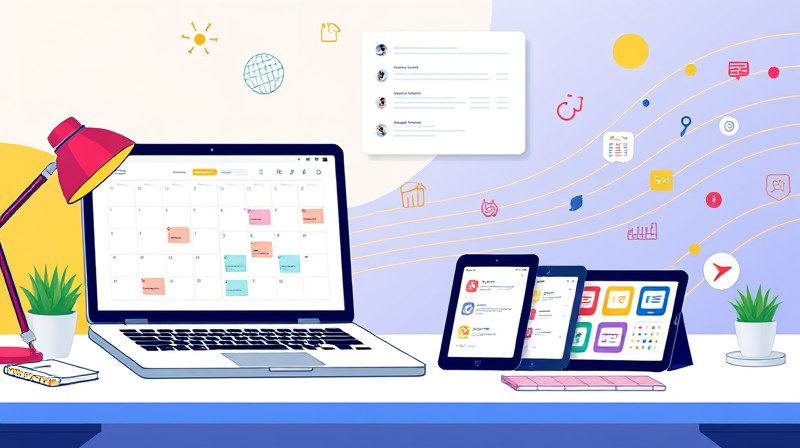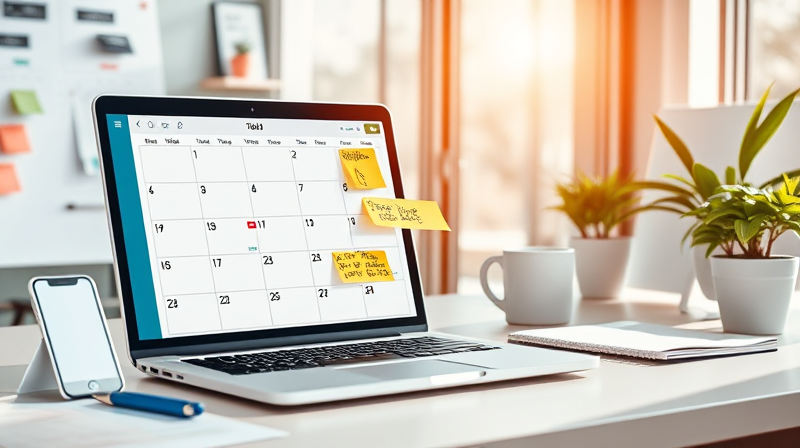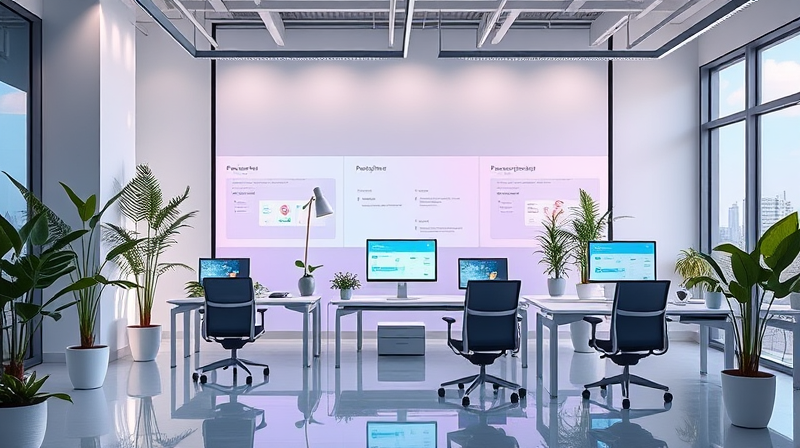In today’s fast-paced world, achieving a harmonious balance between our professional responsibilities and personal lives has become more important than ever. As we step further into 2025, the challenges and opportunities presented by evolving work environments call for clear priorities and intentional strategies. Professionals are increasingly realizing that a successful career is one that does not come at the cost of personal fulfillment or well-being.
Clear priorities are the foundation for managing our time and energy wisely. With the complexities of modern work arrangements, including hybrid models and flexible hours, it becomes essential to decide what truly matters. The ability to differentiate between essential tasks and non-critical distractions can lead to a more focused approach to both professional and personal pursuits.
The Importance of Clear Priorities
At the heart of maintaining work-life balance lies the art of setting clear priorities. This starts with identifying both personal and professional goals. When we know our true values and long-term aims, it becomes easier to plan and allocate time effectively.
For many, such as leaders in community colleges and other educational institutions, aligning personal values with institutional missions has been key to achieving a state of well-being. This alignment not only reduces stress but also boosts productivity, as every action is now centered on what is most valued.
Establishing clear priorities means dedicating time to thoughtful reflection, planning, and open communication. Professionals are encouraged to set specific goals, which in turn help them to decide what deserves their time and attention, reducing the tendency to feel overwhelmed by endless responsibilities.
Flexible Work Arrangements
One of the most significant transformations in the modern workplace is the shift towards flexible work arrangements. Hybrid work models, where employees enjoy the freedom of working both from home and the office, have reshaped the understanding of work-life balance. Recent trends indicate that 83% of employees now see work-life balance as more important than a high salary.
Despite the flexibility, these new arrangements come with their own challenges. The boundaries between work and home can often blur, making it essential to actively set and communicate work hours. Designated workspaces within the home environment serve as a constant reminder of when it is time to focus and when it is time to relax.
- Set specific work hours: Create and adhere to a daily schedule that defines clear start and end times.
- Establish dedicated workspaces: Allocate a specific area in the home exclusively for professional tasks, which helps in mentally separating work from personal life.
- Implement digital detoxes: Encourage periodic breaks from technology, especially during non-working hours, to prevent burnout.
Prioritizing Health and Well-being
An essential aspect of work-life balance is the commitment to looking after one’s health. This includes mental, physical, and emotional health. Many organizations have started offering comprehensive wellness programs that feature counseling services, fitness classes, and mindfulness workshops.
For individuals, cultivating healthy routines is equally important. The incorporation of daily habits such as regular exercise, mindfulness practice, and nurturing relationships can lead to a significant improvement in overall well-being. Personal time dedicated to self-care is not a luxury but a necessity in maintaining long-term productivity and happiness.
The key is intentional self-care. Scheduling regular breaks during the day can recharge energy levels and improve efficiency, making it easier to face challenging tasks with a calm and focused mind.
Innovative Approaches to Productivity
One of the most exciting trends gaining traction is the concept of a four-day workweek. By condensing work into fewer days, employees can enjoy extended periods for rest and personal interests, leading to enhanced productivity. For instance, experiments by companies such as Microsoft Japan have recorded dramatic improvements, including up to a 40% boost in productivity after implementing reduced work hours.
This approach not only helps in reducing workplace stress but also reinforces the importance of balancing professional aspirations with personal life. Innovative scheduling practices like the four-day workweek highlight that productivity is not solely about time spent at work but about the quality of work performed.
Employer and Leadership Roles
Organizations hold a crucial role when it comes to fostering a balanced work environment. Leaders who prioritize clear communication and embrace flexibility set a positive precedent for their teams. By modeling balanced behavior, such leaders create a workplace culture where self-care, clear boundaries, and innovation are all deeply valued.
Some forward-thinking institutions even go as far as to suspend normal operations during designated professional development days, allowing employees to focus on growth and rejuvenation without sacrificing their personal lives. This practice is a strong indicator that when leaders invest in the well-being of their staff, both organizational success and individual fulfillment follow.
Leaders must remember that a balanced workforce is a productive workforce. Supporting employees not only increases efficiency but also builds a cohesive community that thrives on shared values and mutual respect.
Embracing Technology Mindfully
Technology, especially as it evolves into tools like artificial intelligence and automation, has simplified many tasks. However, it is crucial that these advancements do not become a source of constant pressure to remain connected. Instead, professionals should use technology in a way that enhances rather than detracts from their personal time.
By automating repetitive tasks, employees can free up precious moments for creative and strategic work. The key is to invest in tools that resonate with individual work styles. This selective technology use is important for managing stress and ensuring that time spent online does not impede the quality of personal interactions.
Practical Tips for Achieving Balance
To wrap up, here are some actionable strategies for anyone looking to improve their work-life balance:
- Clarify Priorities: Define what is truly important and dedicate your energy accordingly.
- Set Clear Boundaries: Allocate specific work hours and create tech-free zones or periods.
- Schedule Regular Breaks: Make it a habit to step away from tasks periodically to refresh your mind.
- Cultivate Self-Care Routines: Prioritize activities that promote mental, physical, and emotional well-being.
- Leverage Flexibility: Take advantage of modern work arrangements to mold a schedule that caters to both personal and professional needs.
Remember: Achieving balance is a continuous journey. It requires commitment, reflection, and the willingness to adapt strategies as circumstances change. Embracing the challenges of modern work-life demands does not mean sacrificing personal joys but rather integrating them in a way that fuels sustainable growth and happiness.
With clear priorities, structured schedules, and a proactive approach to self-care, you can navigate the intricacies of a busy life while still enjoying the moments that matter most. Let your journey towards balance be a beacon of inspiration to others, showing that with thoughtful planning and a supportive community, excellence in both career and personal life is within reach.








